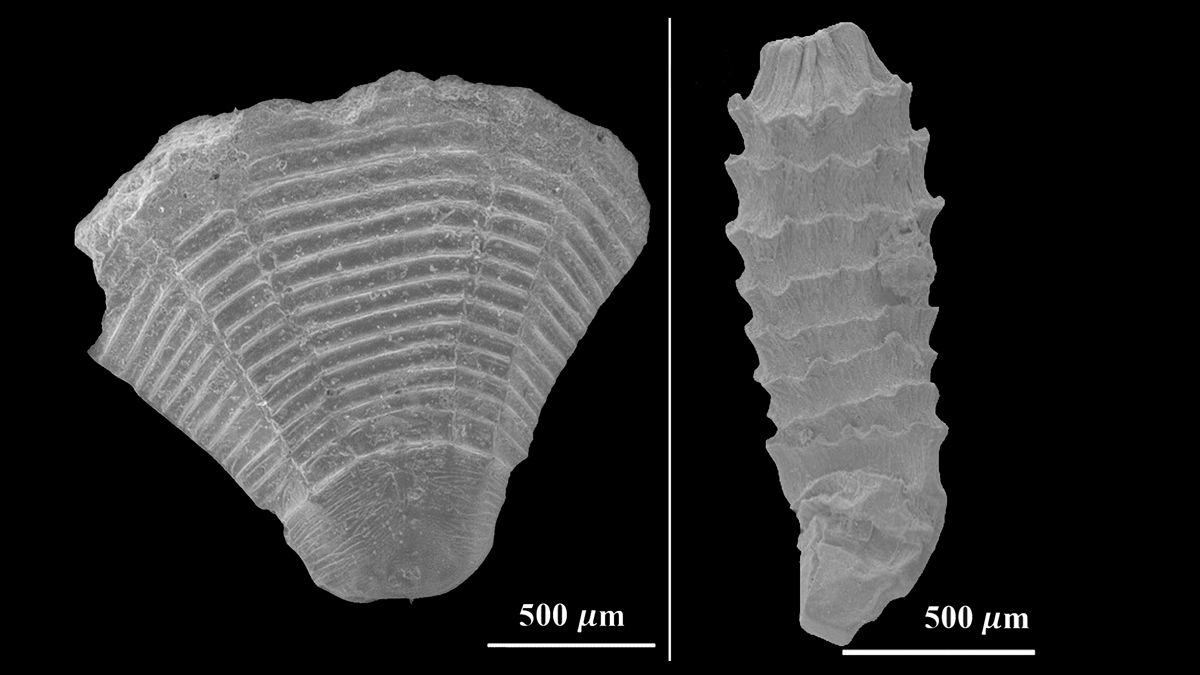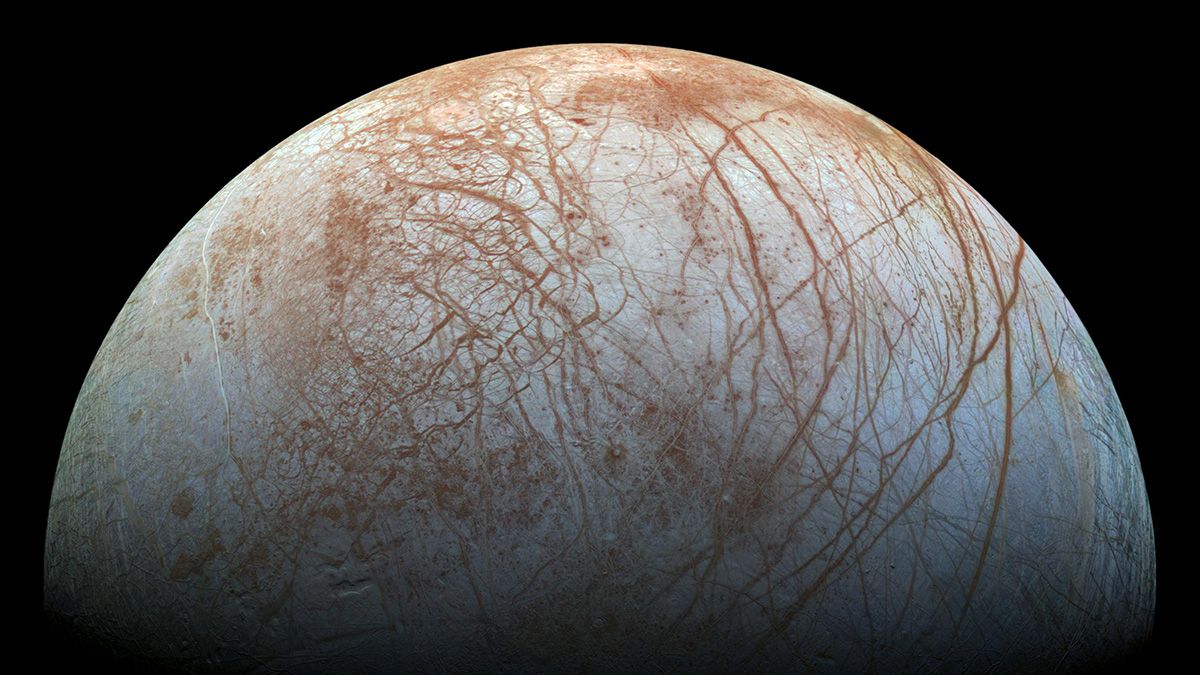Seismic signals detected by the InSight lander show that the planet’s lower mantle may be less homogenous than previous models have suggested.
Research Spotlights
Research spotlights are plain-language summaries of recent articles published in AGU’s suite of 24 journals.
Measuring the Ins and Outflows of Estuaries
Scientists modeled monitoring schemes in three different estuaries to determine instrument layouts that could effectively and efficiently measure exchanges of salt water and freshwater.
Fluid Dynamics of Tiny, Ancient Marine Animals
Water flow simulations using 3D models of fossils yield new clues to the evolution of organisms known as medusozoans.
When Winds and Currents Align, Ocean Mixing Goes Deep
Slantwise convection in the Irminger Sea off Greenland appears to mix ocean water to deeper depths than previously thought, representing an important contribution to Atlantic overturning.
A Close Look at Melting Below Antarctica’s Largest Ice Shelf
Radar data reveal where, when, and how fast the base of the Filchner-Ronne Ice Shelf has been losing mass in recent years.
A Better Operational Lava Flow Model
By segmenting the vertical structure of a lava flow, the Lava2d model provides more realism to operational lava forecasts.
High-Frequency Monitoring Reveals Riverine Nitrogen Removal
Years of daily readings provide an unprecedented view into how a submerged aquatic meadow kept nitrogen from reaching the St. Lawrence Estuary as well as insights on how climate change may alter it.
Tracking Water in the Tongan Volcano’s Massive Eruption Plume
The recent eruption of the Hunga Tonga–Hunga Ha‘apai volcano blasted sulfate aerosols and a record-breaking amount of water vapor into the stratosphere.
Zipping Up Data to Zap Them Back from an Icy Moon
NASA wants to send instruments to distant moons like Europa and Enceladus to search for life. But getting vital data back to Earth over limited bandwidth will take some impressive compression software.










